Chile, celebrated as the “Capital of World Stargazing,” is a celestial haven that has attracted some of the most advanced astronomical projects globally. With 40 international, university, public, and private observatories—27 of which welcome visitors—Chile offers a unique opportunity to explore the cosmos.
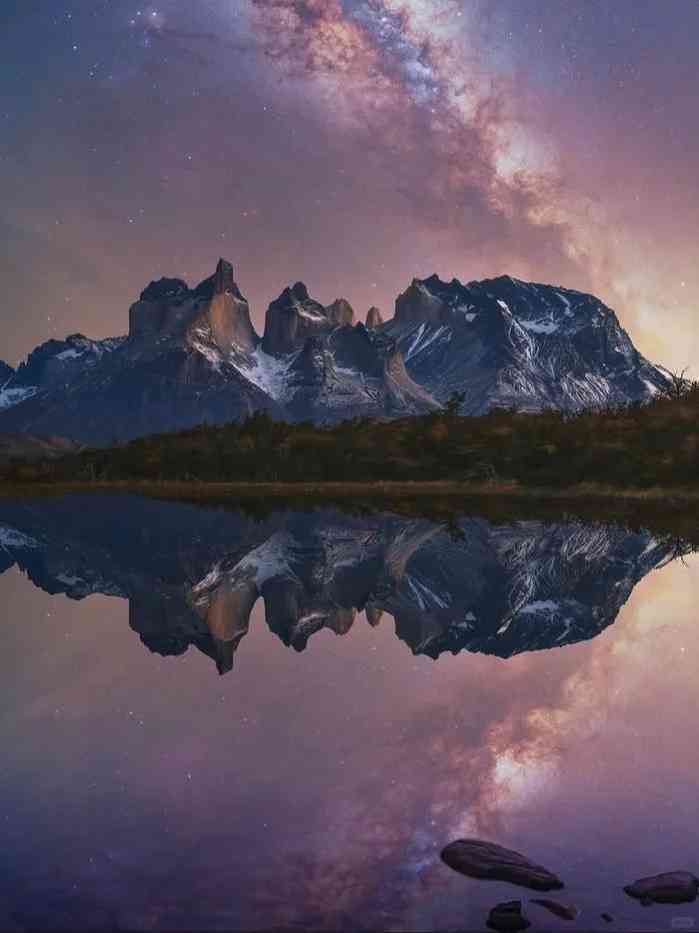
Recommendations:
⭐️ Atacama Desert: Home to approximately 70% of the world’s large telescopes, this desert is a stargazer’s paradise.
1) Paranal Observatory (home to the Very Large Telescope VLT)
Open to the public at 9:40 AM and 1:40 PM every Saturday. Admission is free, but online registration is required.
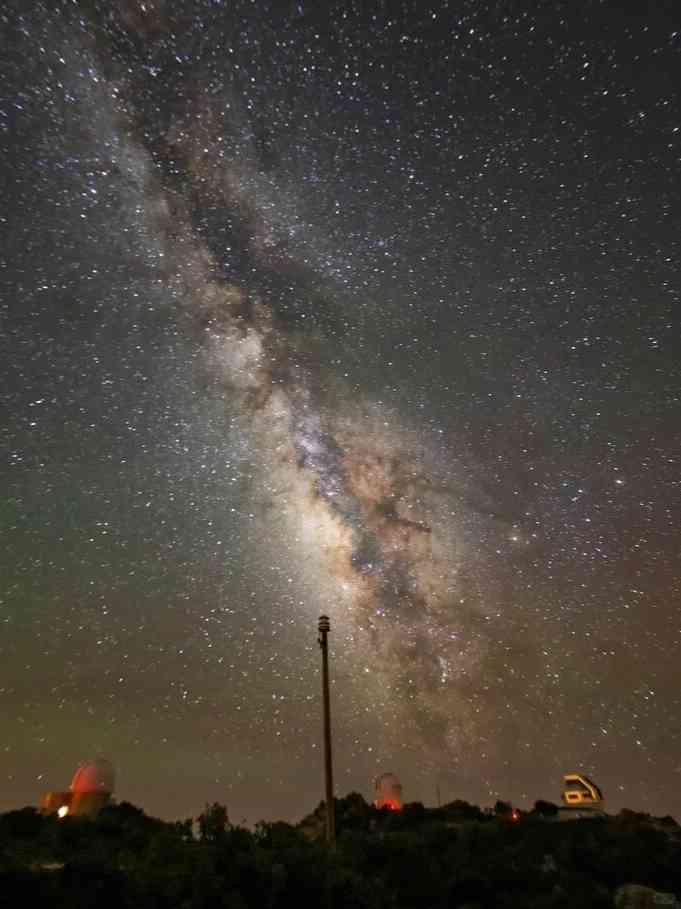
Please note that children under 4 years old are not permitted.
2) ALMA (famous for capturing images of black holes)
Visits are available on Saturday and Sunday mornings, catering to various groups including the public, media, educational, scientific, and institutional. Free visits require individual online registration.
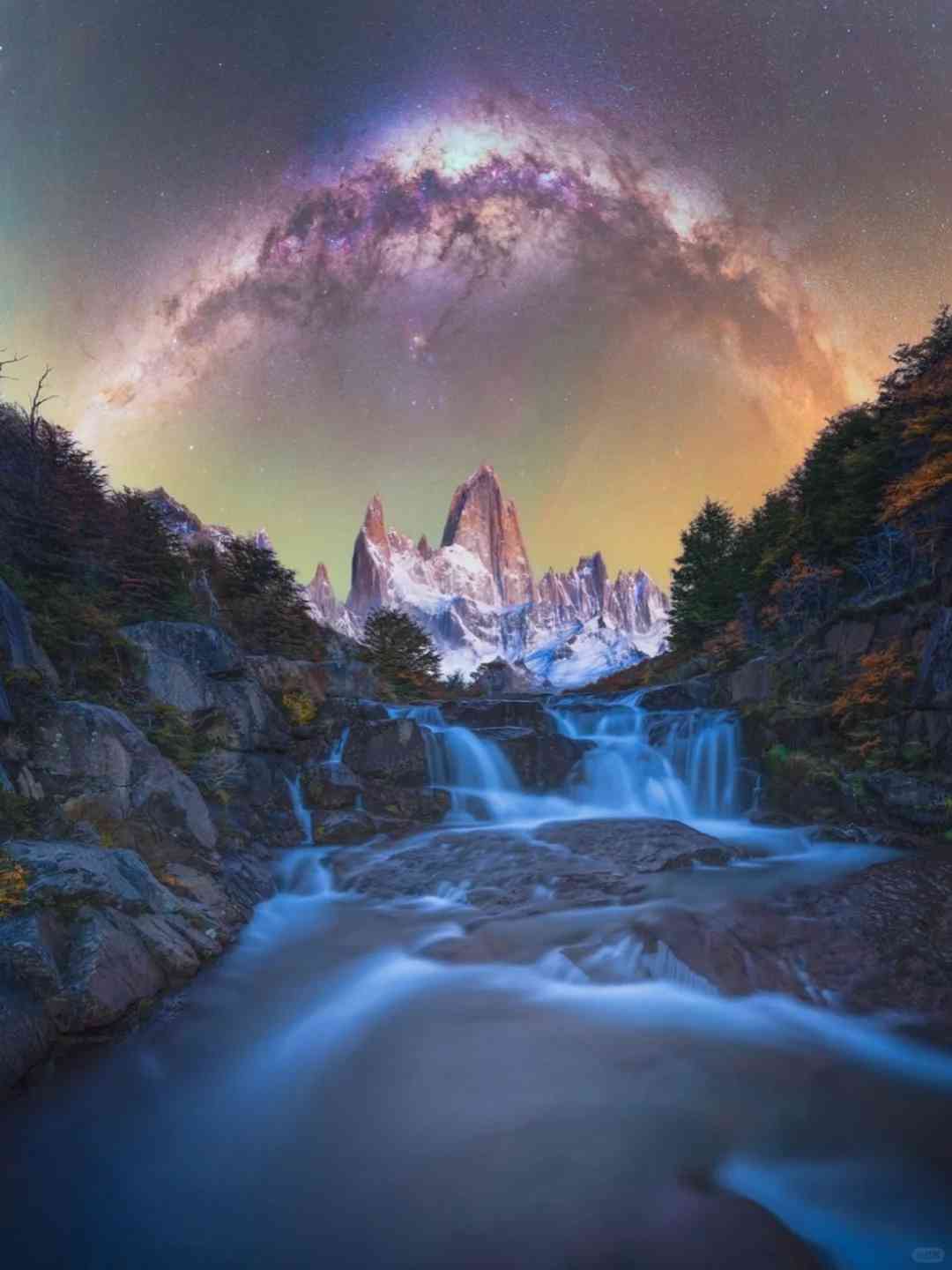
Children under 4 years old are not allowed.
3) Cerro Tololo Inter-American Observatory CTIO (a key southern hemisphere research base)
Free guided tours are offered twice on Saturdays, at 9:00 AM and 1:00 PM. Reservations must be made by phone or email one month in advance. It is recommended not to bring children under 5 years old.

4) Southern Cross Observatory (one of South America’s largest tourist observatories)
Open year-round from 10:00 AM to 9:00 PM, except during Christmas, New Year, and special events. This observatory welcomes all visitors, including children aged 3-12, students, and wheelchair users. Tickets can be purchased at the ticket office in Combarbalá’s Plaza de Armas.
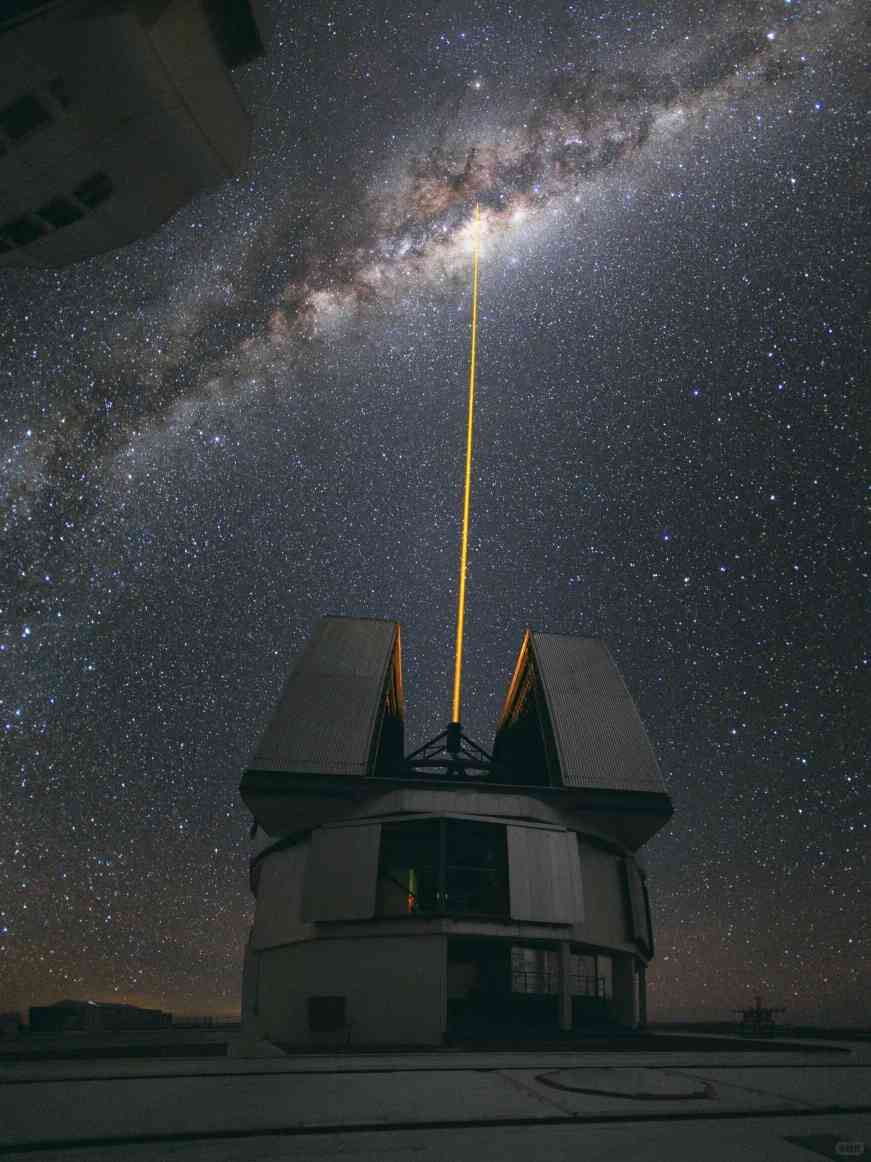
The typical visit duration is 1 hour and 45 minutes.
5) Mamalluca Observatory
Just 9 kilometers from the city of Vicuña, this observatory offers a 4-hour tour, including round-trip transportation. Open all year, reservations are required 15 days in advance, and an entrance fee applies. Children over 3 years old are welcome.
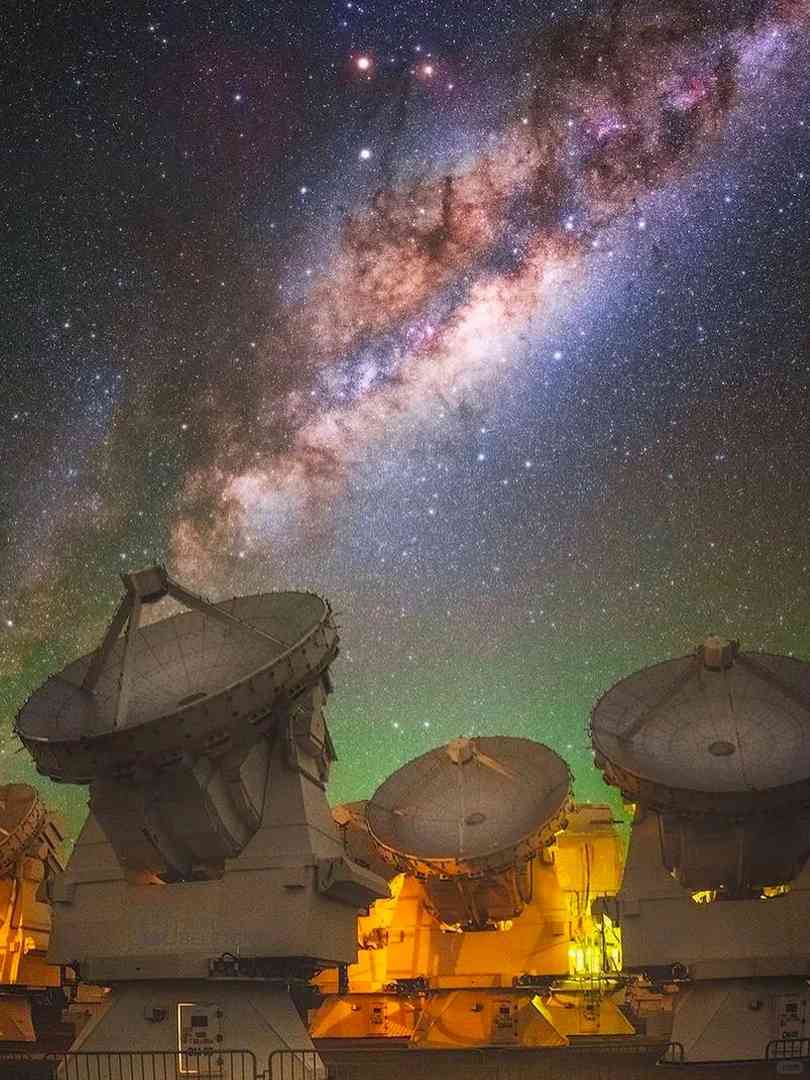
✅PS: While the Atacama Desert provides exceptional viewing conditions, it is best to avoid stargazing during full moon periods. Additionally, the summer months from December to March may have more cloudy weather, so plan accordingly.
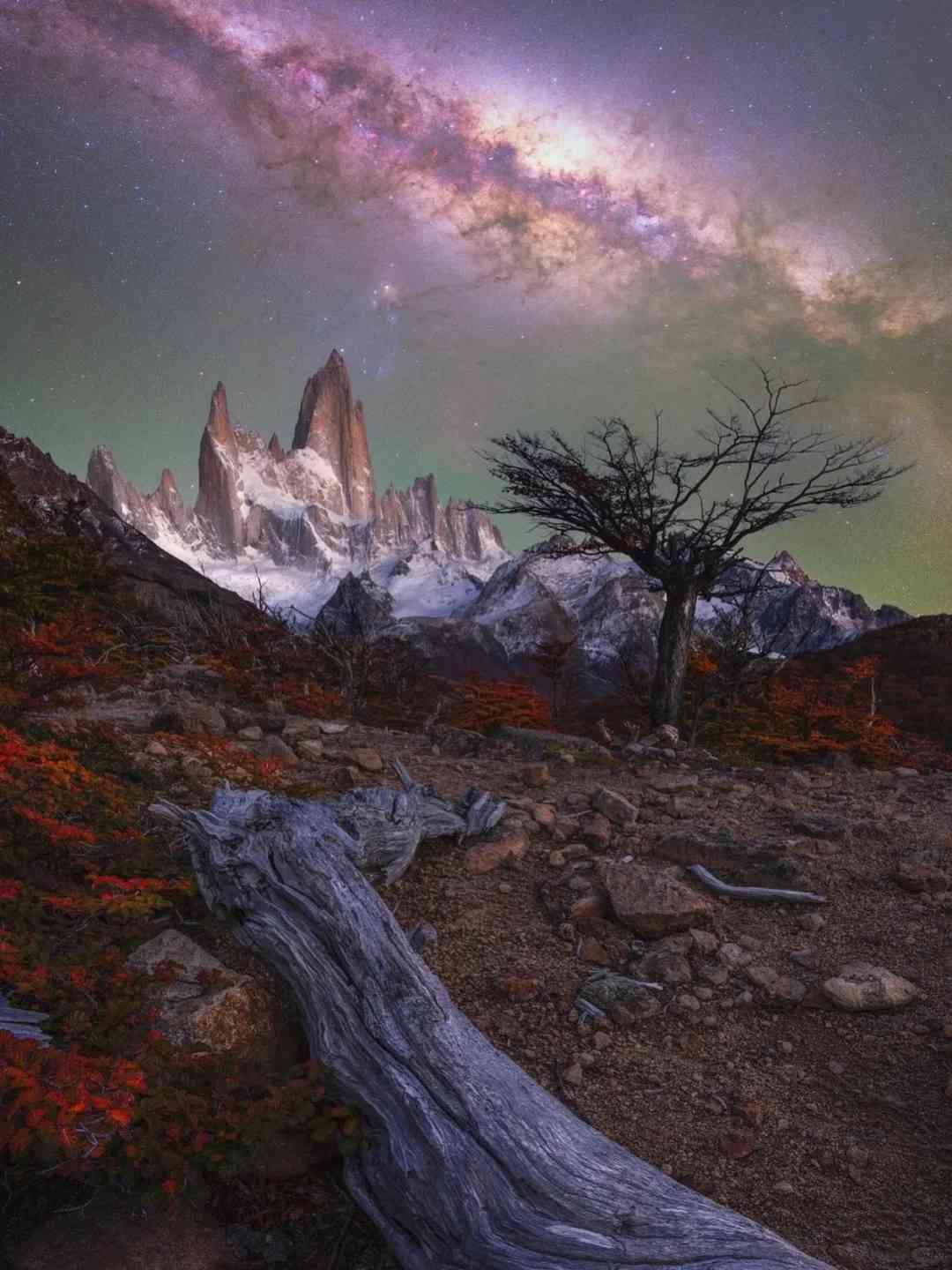
⭐️ Santiago
Andes Observatory
A mere 20-minute drive from the city center, this observatory offers stunning views of the sun, galaxy, nebulae, star clusters, and planets.
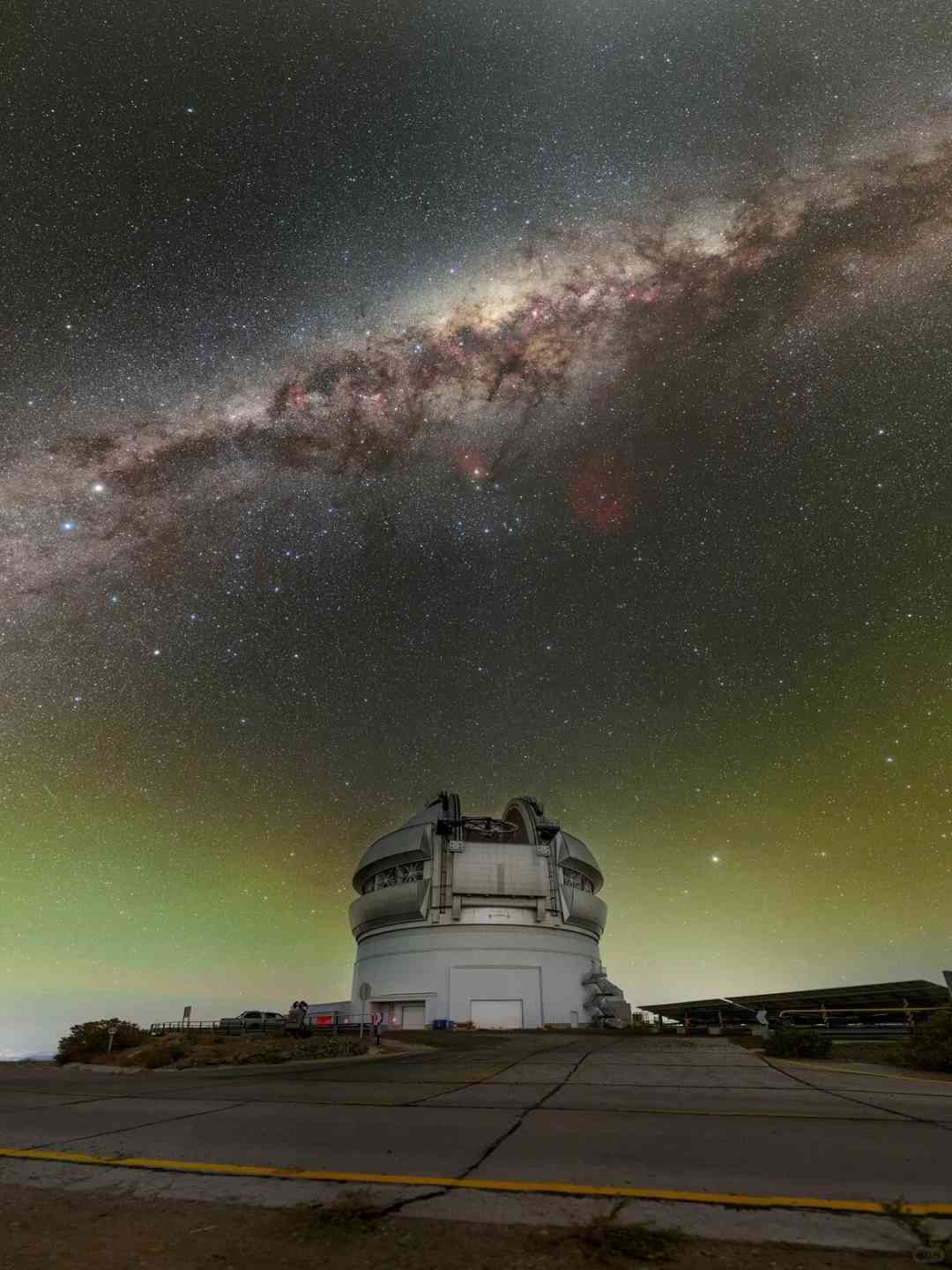
⭐️ Easter Island
Due to the unpredictable weather on this Pacific island, it is advisable to stay for several days to increase your chances of clear skies for stargazing.
⭐️ Patagonia
Experience the breathtaking sight of the Milky Way framed by the majestic peaks of Torres del Paine National Park. Midnight stargazing here is an unforgettable experience.
For more information about traveling in Chile, feel free to leave a message 💬 or 📩 @Qiyuxing Qiqi.
➕ Follow us to discover more South American travel guides.